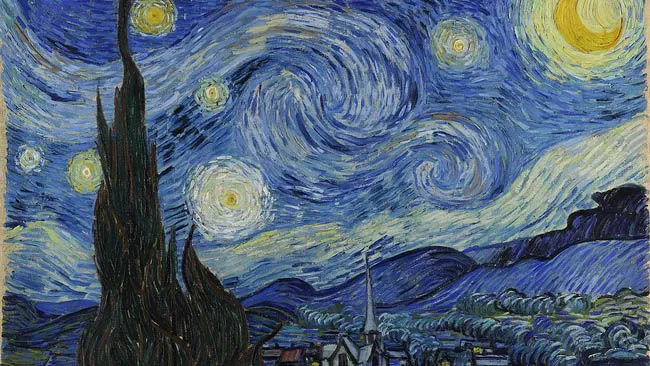SCIENCE: Vincent van Gogh’s “The Starry Night” is undoubtedly one of the world’s most famous paintings, instantly recognizable for its vibrant colors and dramatic brushstrokes that create what appears to be a sky in motion. But did you know that its depiction of the night sky actually follows the real laws of physics?
While the scene takes liberties with respect to what our eyes see in the sky — we don’t necessarily see vortices dancing among the stars — scientists have determined that those vortices actually follow the laws of turbulent flow. This specifically aligns with Kolmogorov’s law, a theory of turbulence that predicts atmospheric motion and scale based on inertial energy.
In addition, the painting also exhibits what’s known as “Bachelorette scaling,” which refers to “energy rules in small-scale inertial scalar turbulence following atmospheric motion,” according to a statement. Yongjiang Huang, co-author of a study on the findings published in the journal Physics of Fluids, told Space.com that this appears to be particularly evident in the “diffusion process of pigment particles in oil.” For now, Huang’s curiosity is sated. But if the opportunity arises, he may analyze other artists’ works in the future. “If we get funding and students are available, we may do this in a systematic way in the future,” he said.
